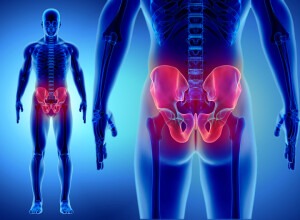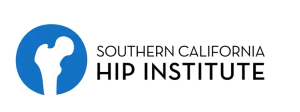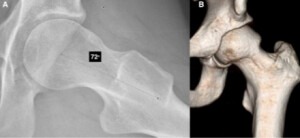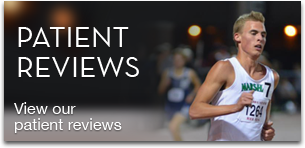 Orthopedic surgery is a treatment to address injuries and various other conditions of the musculoskeletal system. The musculoskeletal system comprises of the joints, bones, and the following adjacent soft tissues: muscles (which offer protection and allow bone and joint movement), ligaments (which connect the bones), and tendons (which link the muscles to the bones).
Orthopedic surgery is a treatment to address injuries and various other conditions of the musculoskeletal system. The musculoskeletal system comprises of the joints, bones, and the following adjacent soft tissues: muscles (which offer protection and allow bone and joint movement), ligaments (which connect the bones), and tendons (which link the muscles to the bones).
Southern California Hip Institute (SCHI), led by board certified orthopedic surgeon Dr. Tigran Garabekyan, provides various orthopedic treatments to patients in North Hollywood, Los Angeles, and surrounding communities in this area of The Golden State.
Common Orthopedic Surgeries
A majority of orthopedic surgery procedures are performed on the knee, elbow, ankle, shoulder, wrist, hip, and spine. These procedures can be performed either with traditional open surgery or arthroscopically using an arthroscope.
Following are some of the most common orthopedic surgery procedures:
- Ankle: Surgery to repair ankle fracture.
- Knee: Knee arthroscopy (chondroplasty, anterior cruciate ligament reconstruction, meniscectomy) and knee replacement procedures.
- Hip: Surgery to repair a trochanteric fracture, femoral neck fracture, and hip replacement.
- Wrist: Surgery for wrist bone (distal radius) fracture repair, carpal tunnel release
- Shoulder: Shoulder arthroscopy (distal clavicle excision, rotator cuff tendon repair, decompression)
- Spine: low back intervertebral disc surgery, lumbar spinal fusion, laminectomy
- Bones: thigh bone (femoral shaft) fracture repair, forearm (radius) bone fracture repair
Arthroscopy
Arthroscopy is a minimally invasive option to traditional open surgery techniques. It is the most frequently performed surgery in the US. Orthopedic surgeons utilize this technique to visualize, diagnose, and address issues within a joint.
During an arthroscopic exam, an orthopedic surgeon places a tiny incision on the patient’s skin. They then insert pencil-sized instruments that comprise a small lens and lighting mechanism to magnify and light up internal joint structures. Fiber optics help transmit light to the end of the arthroscope which is inserted in the joint.
Through connecting the arthroscope to a tiny camera, the surgeon can visualize the joint interiors through a small incision instead of a more substantial incision required for surgery.
The camera that is attached to the arthroscope presents the joint’s image on the monitor. This enables the surgeon to look at the ligaments, cartilage, and beneath the kneecap. The surgeon can establish the type and intensity of the injury allowing them to treat the problem, if necessary.
Ankle Surgery
If severe arthritis causes persistent ankle pain, which cannot be relieved by conservative treatment options, the orthopedic surgeon may recommend ankle surgery. In case of a severely damaged ankle joint, the bones may have to be fused together, or sometimes a replacement with an artificial joint may be necessary.
Knee Replacement Surgery
Knee arthroplasty or replacement surgery can help to provide relief from pain and restore function of a severely damaged knee joint. The surgery involves cutting away the damaged cartilage and bone from the kneecap, shinbone and thighbone to replace it with an artificial joint.
Reliable orthopedic surgeon Dr. Tigran Garabekyan of SCHI receives patients from North Hollywood, Los Angeles, and other towns and suburbs in this region of the southwest for various types of orthopedic surgery procedures.
Dr. Tigran Garabekyan is a board certified orthopedic surgeon specializing in hip preservation. To learn more about Southern California Hip Institute or to schedule a consultation, click here to contact us or call:
North Hollywood: 818.755.6500
Century City / Los Angeles: 310.574.0375
Serving patients in Encino, Sherman Oaks, Van Nuys, North Hollywood, Burbank, Glendale, West Hollywood, Century City, Beverly Hills, Santa Monica, Los Angeles, and other neighboring cities in the greater Los Angeles, California area.
Also visit http://www.drgorthopedics.com/


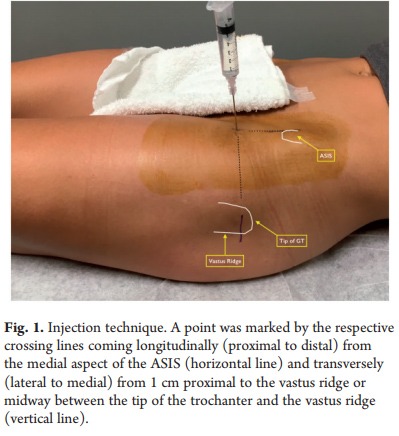 During the study period, 809 injections were performed in an office setting. The final study cohort comprised 142 patients (161 hips), of whom 120 hips (74.5%) were female.
During the study period, 809 injections were performed in an office setting. The final study cohort comprised 142 patients (161 hips), of whom 120 hips (74.5%) were female.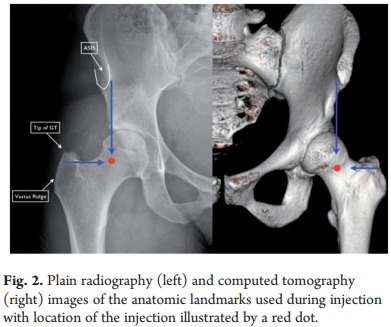 Other Benefits of Non-Image-Guided Hip Injections
Other Benefits of Non-Image-Guided Hip Injections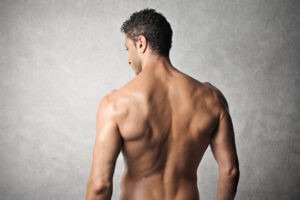 Following spinal stenosis surgery, the patient will most likely be out of their bed within 24 hours, though pain medications will continue for a period of two to four weeks. The patient will receive guidelines on how to cautiously stand, sit, and rise post-surgery.
Following spinal stenosis surgery, the patient will most likely be out of their bed within 24 hours, though pain medications will continue for a period of two to four weeks. The patient will receive guidelines on how to cautiously stand, sit, and rise post-surgery. 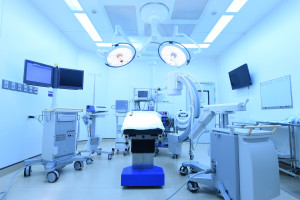 The cost is a critical factor to consider in any surgical procedure. However,
The cost is a critical factor to consider in any surgical procedure. However, 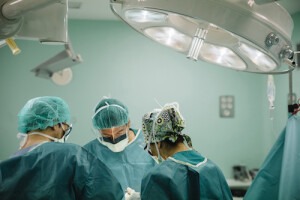 Spinal stenosis is a serious condition that should be diagnosed and treated in a timely manner. To receive a correct diagnosis of spinal stenosis, the patient may consult with an experienced
Spinal stenosis is a serious condition that should be diagnosed and treated in a timely manner. To receive a correct diagnosis of spinal stenosis, the patient may consult with an experienced 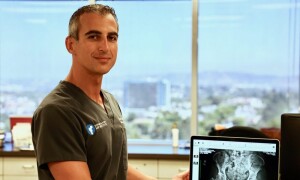
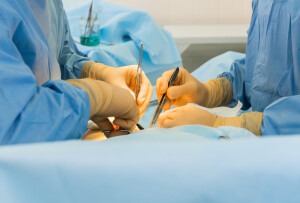 A condition related to degeneration of the lower back creating narrowing of the spinal canal or adjacent areas is called spinal stenosis and frequently causes pain in the hip region.
A condition related to degeneration of the lower back creating narrowing of the spinal canal or adjacent areas is called spinal stenosis and frequently causes pain in the hip region.